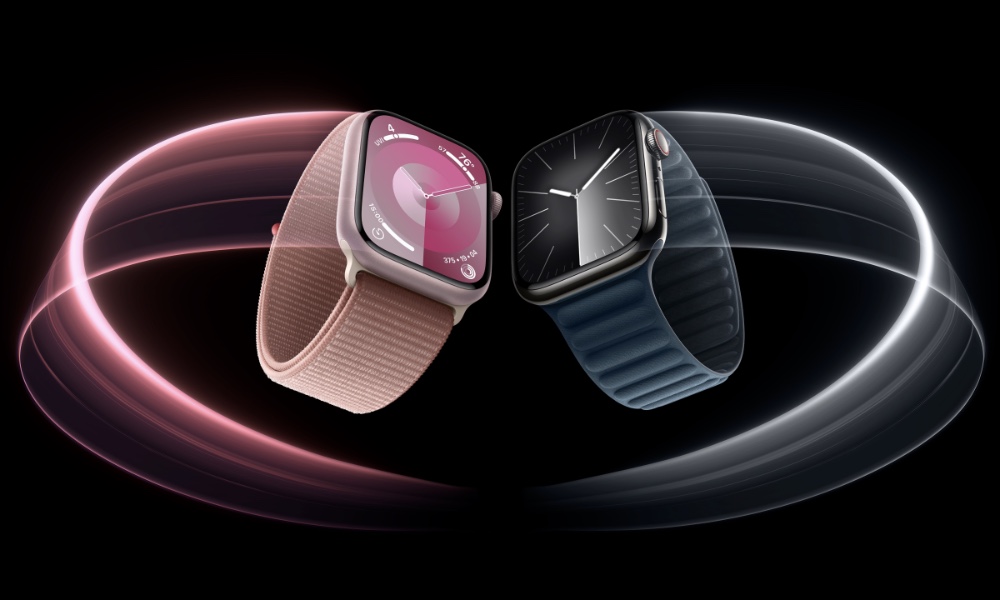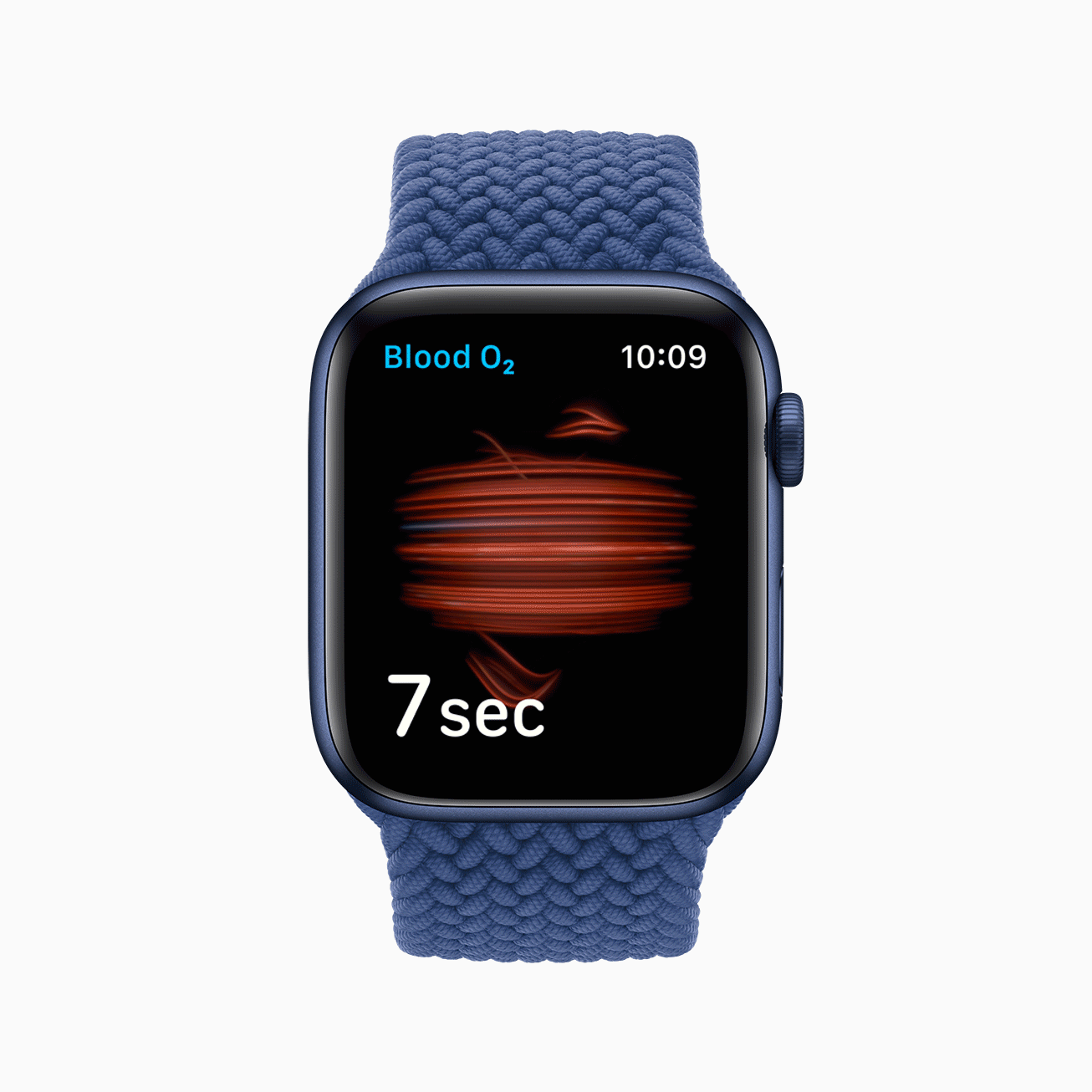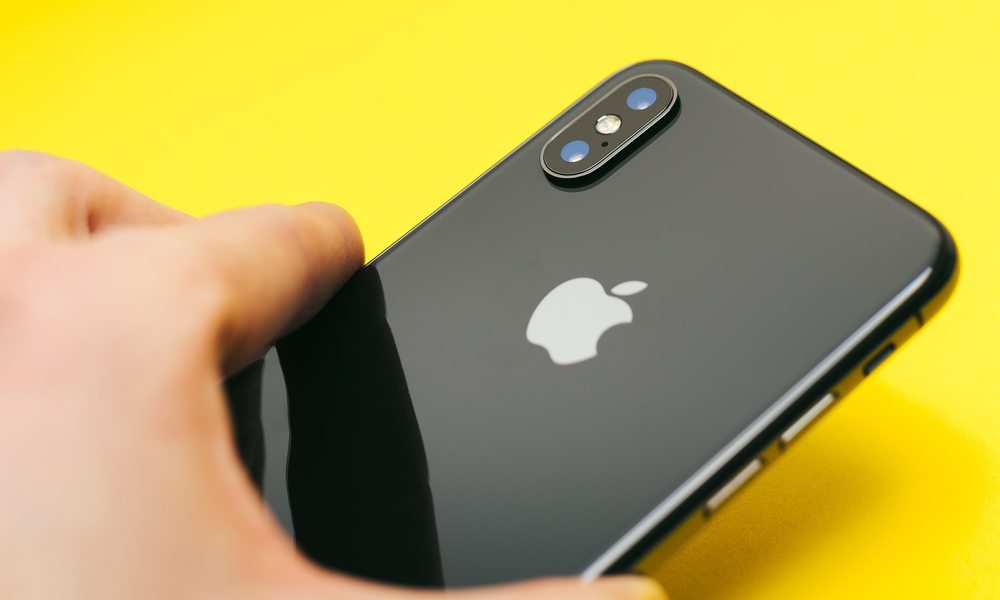The Banned Apple Watch Blood Oxygen Sensor Can Be Enabled in 2028
 Credit: Apple
Credit: Apple
Toggle Dark Mode
For the past few weeks, none of the Apple Watch models sold in the United States have included a functional blood oxygen sensor, following a ban ordered by the US International Trade Commission (ITC) after Apple was found to infringe on patents related to the technology owned by health technology company Masimo.
From the initial ITC order in October, the case went through a wild roller-coaster ride as the 60-day clock for Presidential intervention ran out and Apple pulled the Apple Watch Series 9 and Apple Watch Ultra 2 off its shelves, only to return them to sale two days later when a US court granted a very temporary stay. However, the stay was short-lived; after the ITC vociferously opposed it, the court ruled that Apple could not prove its final appeal was likely to succeed, nor would it suffer irreparable harm if those Apple Watch models were pulled from sale in the US.
This forced Apple to adopt Plan B — a software strategy it had been working on since the beginning that could disable the blood oxygen sensor and allow it to continue selling the Apple Watch Series 9 and Apple Watch Ultra 2 in its US stores without that feature in place.
Apple’s lawyers and engineers reasoned that a non-functioning blood oxygen sensor wouldn’t infringe on any patents, even if the physical sensor hardware was still in place. The gambit worked. Apple managed to convince US Customs officials that a “new” Apple Watch model with no blood oxygen monitoring capabilities was not an infringing product, and the Series 9 and Ultra 2 stayed on Apple’s shelves, minus the offending feature that caused the ruckus in the first place.

While the Apple Watch models that omitted blood oxygen monitoring got a different model number, most onlookers believed that the hardware hadn’t actually changed and Apple was simply using a software trick to ensure that the blood oxygen features wouldn’t work on devices bearing that unique code.
If that were the case, Apple would presumably be able to reactivate these capabilities through software someday if it wins its appeal.
Well, it turns out that’s precisely what happened — with a few other interesting twists. US Customs and Border Protection (CBP) has just published its January ruling that cleared the modified Apple Watch models for import and sale by declaring them outside of the scope of the ITC’s original ban under a limited exclusion order (LEO), which outlines the changes Apple made and Masimo’s response to those changes.
Intellectual property blog ip fray offers a good summary of the legalese contained within the CBP ruling, noting that the crux of the agency’s decision was that it took a reasonably narrow interpretation of the expression “configured to” within Masimo’s patents to mean something that would be easy for an average user to enable or operate, as opposed to something that was merely possible for the device to do if a determined user were to jump through several unusual hoops.
The U.S. customs agency’s enforcement experts had to decide how to interpret “configured to” and relied on precedent according to which it means “programmed to, as opposed to being merely capable of, performing a task.”
ip fray
Masimo’s patents used the wording “configured to” rather than something broader like “capable of,” so as far as the CBP was concerned, the mere existence of the blood oxygen sensing hardware and software on the Apple Watch did not infringe on Masimo’s patents as long as it wasn’t possible for a typical user to make it work.

In trying to prove its case and keep the Apple Watch Series 9 and Ultra 2 off the market, Masimo went so far as to jailbreak an older iPhone model, using it to manipulate the Apple Watch and re-enable the blood oxygen sensors. Masimo’s lawyers tried to claim that this indicated that Apple was still planning to ship infringing technology, but CBP didn’t buy it — the agency ruled that this constituted a “significant alteration” of the product.
Not only is jailbreaking something that most users would never bother with, but it also didn’t help that Masimo’s case was somewhat contrived. As ip fray noted, the company had to use an iPhone model that was so old that it couldn’t even be paired with Apple’s latest Apple Watch models since it couldn’t jailbreak anything newer.
Here, the “alteration” that Masimo performed involved jailbreaking older iPhones that those newer Watches don’t even connect with. They couldn’t make it work with newer iPhones, at least not during the limited amount of time they had before U.S. Customs decided, but those newer phones may just be too well protected anyway.
Specifically, the CBP ruling explains that Masimo’s engineers “used an iPhone X (i.e., an outdated iPhone) running iOS 15 (i.e., an outdated version of the iOS operating system) and installed the Legizmo Lighthouse application onto the phone.” Since the Apple Watch Series 9 and Ultra 2 require iOS 17, and the iPhone X can’t be updated beyond iOS 16, that would make it a non-starter.

Legizmo Lighthouse is a tool explicitly designed for jailbroken iPhones that allows them to pair with Apple Watch models that would otherwise be incompatible. After using this to pair an Apple Watch Series 9 with the jailbroken iPhone X running iOS 15, blood oxygen sensing immediately became available on the Apple Watch. Massimo’s team repeated this with iOS 16 but found in that case that it had to modify five files on the iPhone before pairing it with an Apple Watch Ultra 2 before blood oxygen sensing was activated.
None of this would have been possible without resorting to jailbreaking an iPhone that couldn’t normally be used with a modern Apple Watch. So, it’s unsurprising that customs officials decided this was a non-issue and allowed the “modified” Apple Watch models to bypass the ban. However, Masimo also proved how easily Apple will be able to re-enable the blood oxygen sensor when it’s eventually allowed to do so.
Apple is still fighting this battle on several fronts, and it may yet prevail on its appeal of the ITC ruling. It’s also possible it could find a way to have Masimo’s patents declared invalid, as it did in the AliveCor ECG case (although that case is also still under appeal from both sides). However, even if Apple doesn’t win its appeals or find some way to create a non-infringing blood oxygen sensor, Masimo’s patents expire in 2028, so we should see blood oxygen sensing someday return in the Apple Watch Series 14 — and be magically re-enabled on the current Apple Watches and all of the other models that will be released between now and then.






